Dean Kamen - Philanthropic Engineer
Who is Dean Kamen
Dean Kamen was born April 5, 1951 in Rockville Centre, New York. Kamen attended Worcester Polytechnic Institute (WPI) in Massachsetts for five years.
WPI was founded in 1835 and is one of the oldest technical institutes in the United States. WPI alumnus include Robbert Goddard, father of rocketry and John W. Geils Jr., who founded The J. Geils Band.
Kamen is son to Jack Kamen, an illustrator for Mad, Weird Science and other EC Comics publications.
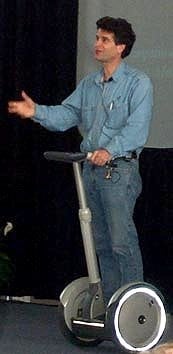
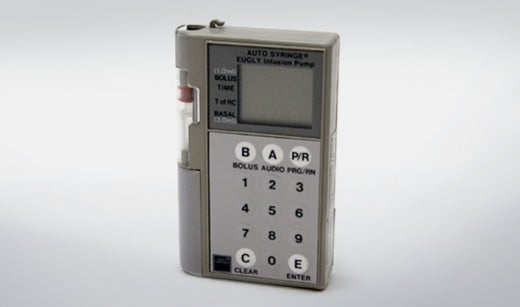
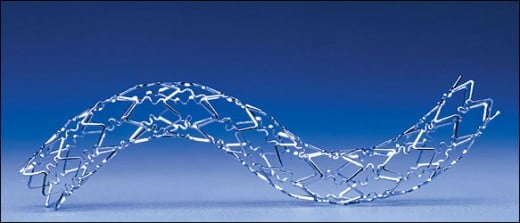
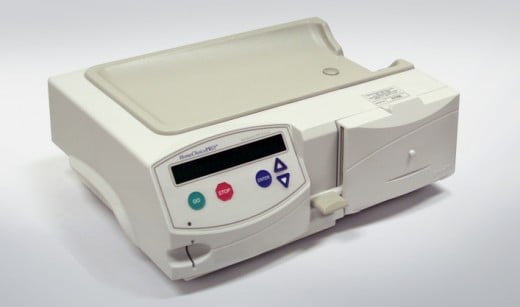
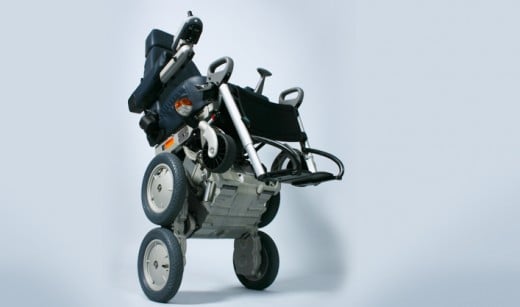
Earlier Inventions
Dean Kamen has a large number of inventions to his credit. At this point in time Kamen holds four hundred forty (440) U.S. and foreign patents.
Kamen's inventions span the fields of chemotherapy, neonatology and endocrinology. Lately he has expanded his research into mobility and energy.
Infusion (Insulin) Pump: Developed and marketed in 1973, AutoSyringe was designed and developed to deliver small amounts of drug infusions on tightly timed schedule rather than as a once, or up to thrice, daily doses of drugs. This to mitigate the associated ups and downs of drug delivery. The device (later as an insulin delivery system) has helped both pregnant diabetics and others needing drugs delivered more often than a few times a day. AutoSyringe was sold to Baxter International Corporation in 1981. The pump is very small, about the size of a pager or small cell-phone, and can be worn at the waist. (see photo below)
Shortly after selling AutoSyringe to Baxter, Kamen founded DEKA Research and Development Company.
DEKA R & D
HomeChoicetm Dialysis Machine: In an effort to alleviate the stress and burden of renal patients
requiring frequent trips to a hospital setting, DEKA developed a home
peritoneal dialysis machine. This allows patients to receive dialysis treatment at home. (see image right)
Crown Stent: Designed for Johnson & Johnson, the stent is inserted into a blood vessel (vein or artery) shortly after a balloon is passed through a restriction (angioplasty) in the vessel. The stent holds the reshaped area to its new size though reducing the risk of a new obstruction forming in the same place. There are many stent designs out there, but what makes DEKA's different is it's extreme flexibility.
IBOT™ Transporter: Developed for Johnson &
Johnson, the iBot is a wheelchair replacement that runs on four wheels (all independently driven) rather than two. Because of this design it can run over rough terrain and even sand without getting bogged down. Perhaps the most remarkable thing about the iBot, is its ability to "stand-up" from four wheels to two giving the occupant the ability to reach items on shelves or conduct eye to eye conversations with people standing up. It can also climb stairs. (see video below)
iBot Stair Climbing
Recent Inventions
DEKA does not stand still. Though many of its early products were designed for the health and medical fields, the company has moved forward to address more global concerns.
Luke Arm: This is currently in development and funded by Defense Advanced Research Projects Agency (DARPA) and the U.S. Army Research Office. The Luke (named for Luke Skywalker of Star Wars) is a prosthetic arm replacement that is considerably more than replacements of the past.
The arm is processor controlled and had eighteen (18) degrees of freedom; very similar to a human arm. As with other robotic prosthetic arms of the past, Luke reads signals from sensor placed on muscles that formerly controlled real arm movements. What makes the DEKA system different is that it is designed to adapt to the user not force the user to adapt to the arm.
Arm macro programming means that the arm can also perform repetitive tasks automatically without the owner/operator having to devote much thought to these tasks.
There are even plans to put the arm directly under control of the recipient's brain, much the way a flesh and bone arm would operate.
Luke Arm
Sterling Engine:DEKA is also developing sterling engines which are currently under development with third-world applications in mind. DEKA wants to see an easy to produce electrical power generation device that will run on almost any fuel. In addition it must be clean (low polluting), quiet, and have a long service life.
Water Purification (Slingshot): Some of the same concepts applied to the sterling engine above can also be applied to water purification. With almost any fuel available DEKA is attempting to produce easy to manufacture, low cost, run on almost any fuel, water purification system capable of purifying fifty liters of water per day simply by heating it to steaming point and then collecting and condensing the steam. This, of course, purifies the water.
Dirty water, by Kamen's estimation, is responsible for over fifty percent of pathogen origin diseases.
For Inspiration and Recognition of Science and Technology
In 1989 Dean Kamen and Woodie Flowers began "For Inspiration and Recognition of Science and Technology" (FIRST) an organization dedicated to the promotion of and pursuit of engineering studies for grade and middle-school students.
The Foundation has promoted and championed the FIRST Robotics Competition, the FIRST LEGO League, the Junior FIRST LEGO League, and FIRST Tech Challenge yearly competitions. FIRST also operates a teaching facility in Manchester, New Hampshire where educational programs are held for students and teachers.
"You have teenagers thinking they're going to make millions as NBA stars when that's not realistic for even 1 percent of them. Becoming a scientist or engineer is." -Dean Kamen
FIRST Robotic Challenge (FRC)
The First Robotic competition has been held every year since 1992 in such places as Manchester Memorial High School (the gym), Houston, Texas, St. Louis, Missouri and at Walt Disney World's Epcot Center.
Winners of the challenge are awarded scholarships which amounted to $9.8 million in 2009.
The competition involves building a 150 pound robot from a very specific kit of components. The robot must be able to complete a specific task (determined differently at the start of each competition year). Each team is given six weeks to complete the robot from kit parts only and then the robots are eliminated via competitive trials.
FIRST Lego League (FLL)
Starting in 1998 FIRST Lego League began. Aimed at nine to fourteen year olds this is a competition similar to the contest described above. It still involves robotics, but these must be built from the Lego Mindstorms set. Unlike the competition above, this challenge involves a research topic rather than a specific robotic task. In 2009 the competition prompted almost fifteen thousand (15,000) teams of students from fifty-six different countries.
FIRST Lego League Junior (FLLJ)
This challenge is similar to the FLL above except that it is targeted toward six to nine year old students. The students are asked to build projects based on the FLL theme above, but there is no direct competition as with FLL above. Students are encouraged to design, build, show and explain their creations.
FIRST Tech Challenge (FIRST Vex Challenge)
This is similar to FRC above, but it designed more as a mid-level challenge than the high intensity FIRST Robotic Challenge mentioned above. This is also a lower cost alternative to the FRC with smaller teams and smaller groups of teams.
In 2011 the challenge is will be called "Get Over It" and involves using a robot, capable of carrying an object, which must pass through a field of obstacles including a bump, two pits, and two bridges.
In 2010 the challenge was called "Hot Shot" and involved whiffle balls weighing just less than an ounce each. Please watch the video below for game play.
Other challenges have included "First Off" in 2009, "Quad Quandary" in 2008, "Hangin A Rope" in 2007, and "Half Pipe Hustle" in 2006.
Coda
Though Mr. Kamen's contributions to science and industry are notable, perhaps his greatest contribution is to the field of engineering itself by encouraging future generations to see the field as an open opportunity to make a living and contribute, positively, to their world.
Disclaimer
The author was not compensated in any way, either monetarily, with discounts, or freebies by any of the companies mentioned in this article or within the videos.
Though the author does make a small profit for the word count of this article none of that comes directly from the manufacturers mentioned. The author also stands to make a small profit from advertising attached to this article.
The author has no control over either the advertising or the contents of those ads.







